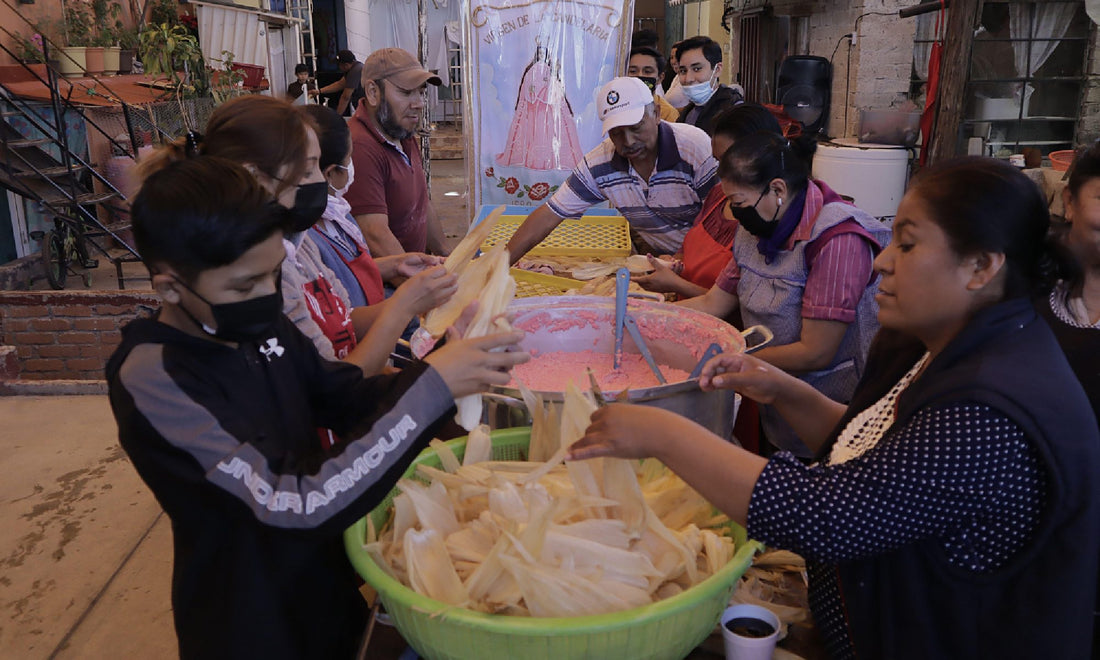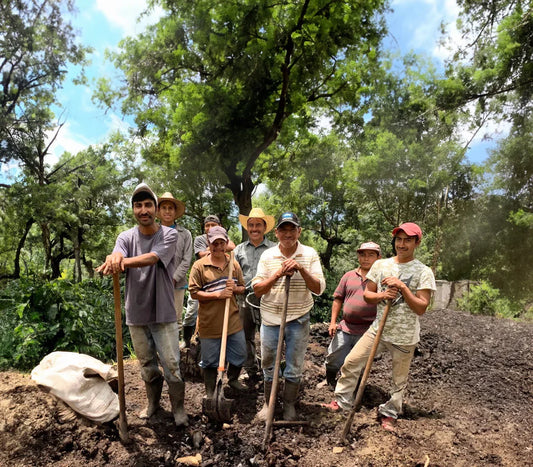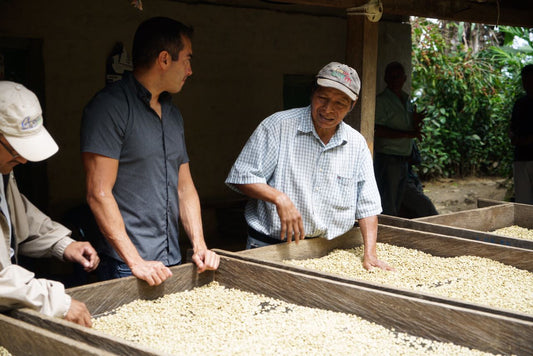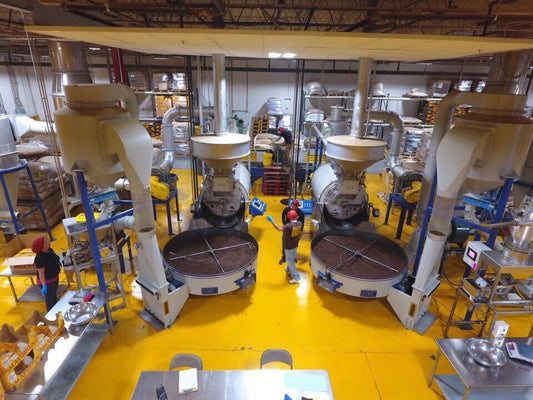
Tamale Magic: A Latino Holiday Essential
There's a reason we prefer those gift-wrapped packages of culinary delight above anything else during the festive season.
It is difficult to explain to someone who has never experienced it: the way tamales fill a home with a special smell when being cooked. It is a smell that permeates the atmosphere, awakens the appetite, and reminds us of special times with family and friends.
The Nostalgic Power of a Tamal
Perhaps it is this ability of tamales to bring back memories that have made them an essential part of holiday celebrations for so many Latino families, both at home and abroad.
Unlike many in Europe who tend to prefer turkey, lasagna, and other dishes to celebrate these special dates, we prefer the delicious, versatile dish that reminds us of home.
"For many Latinos in the US, the holiday season is synonymous with tamales," Zilkia Zaner says, noting how families gather to make and eat these beloved packages.
"During the holidays, you want to reconnect [to] where you came from or where your ancestors came from, meaning that tamales are different not just from country to country, but also from region to region and even from abuela to abuela.
"So people might not have the skills to make them, but they have the memory of having tasted them. And they know what they should taste like."

"Their value comes from the fact they're handmade"
But what makes these little parcels extra special is the time and effort they take to make. It is a labor of love that often requires the entire family to help.
It is also this that makes it so much more special than mass-produced, store-bought turkey and premixed stuffing.
"Tamales haven't been sold en masse in the way that other holiday foods like turkey and honey-baked ham have," Zilkia says "because their value comes from the fact that they're handmade, and from the memories that they evoke."
Chef Erika Stanley who grew up in Costa Rica agrees: "They are hard to make and they are labor-intensive.
"But it is a part of you that you want to share with others. It's your love and tradition and your culture, so it is the most wonderful present someone can give you."
A heritage dish, the word tamal comes from the Nahuatl (a group of languages of the Uto-Aztecan language family) tamalli and means wrapped. The name is simple and perfectly describes this dish, which is based on the slow cooking of a maize dough, wrapped in leaves, containing a variety of meats and/or vegetables.
What began as a native staple has evolved into a quintessential Latin American dish. Today, every country has its version of tamales – gift-wrapped packages that hold centuries of culinary wisdom.

The Hallaca: A Venezolano Christmas Treat
Perhaps the Venezuelan case is one of the most emblematic in terms of Christmas celebrations.
The Venezuelan version of the tamal, the hallaca, is prepared exclusively in December, unlike Mexican or Colombian tamales, which are available at any time of the year. The hallaca is the main dish at Christmas dinner, although it is often accompanied by pierna de cerdo, ham bread, and chicken salad.
In addition, the preparation of hallacas involves a complex family organization. Between half a dozen and a dozen people may be involved in the making of this Christmas dish.
To successfully prepare the hallacas, a strict social hierarchy of activities is organized. At the lowest level, those with the least cooking skills are tasked with cleaning the banana leaves and tying the parcels. At the top of the matriarchal organization, the mother, or grandmother, prepares the pork and beef stew with which the parcels are to be filled.
For many Venezuelans, the real event is this deeply meaningful family gathering. Also, the dozens of hallacas that come out of this process are not only intended for Christmas and New Year's dinners but also as a present or form of exchange with other family members and close friends.
The same is true for when Latinos prepare it abroad, especially in the US. Far from our relatives and everyday places, the family preparation of tamales, las tamaladas, not only connects us to our roots, but also provides a unique sense of community that is difficult to replicate in the preparation of other foods.
Because the making of tamales requires so much work, it gives loved ones ample time to reconnect, remember past stories, or catch up, sharing new events. At the same time, each one of us fulfills a specific role and contributes to the success of a shared meal. It is a deeply collaborative process.
At the end of the day, that is the deeper meaning of Christmas for all of us: the chance to immerse ourselves in a unique sense of community along with our family and friends.


